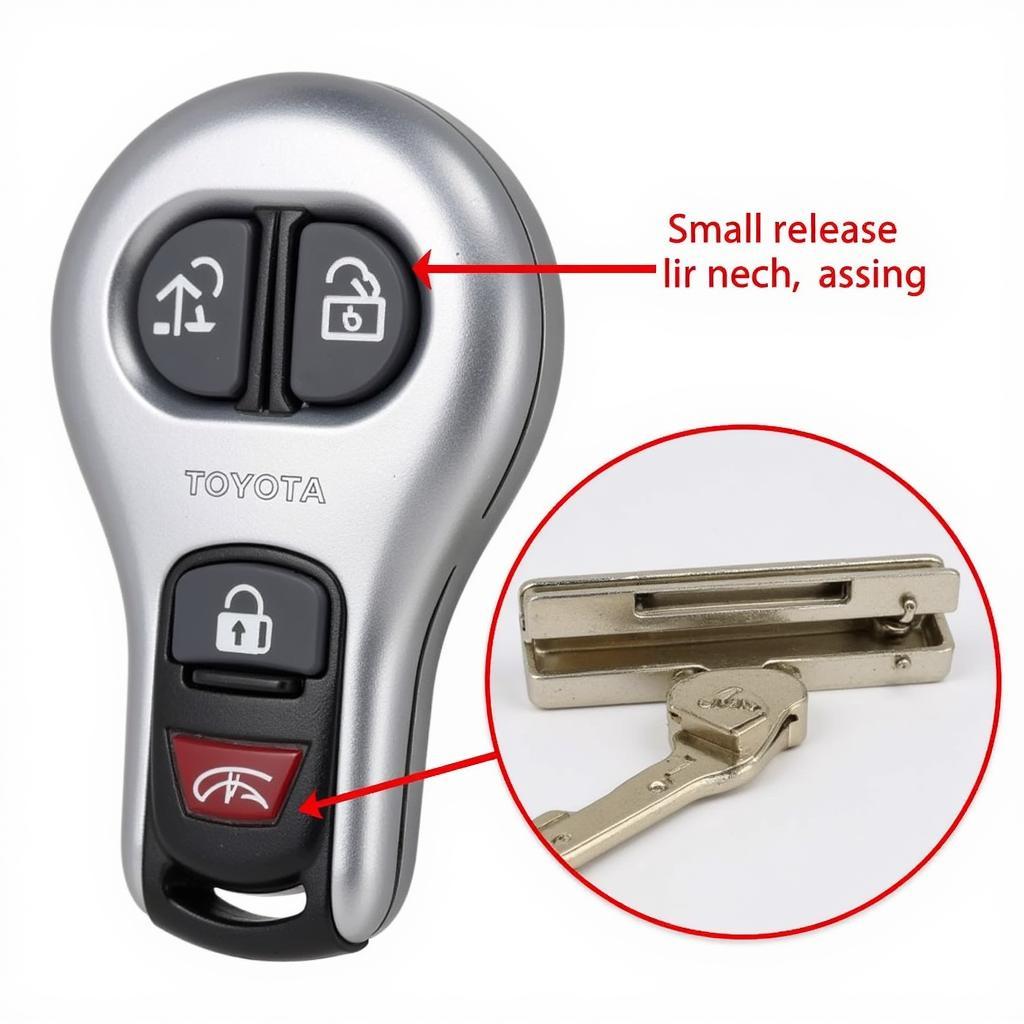Dealing with a malfunctioning car anti-theft system can be a major headache. Whether it’s preventing you from starting your car or causing your alarm to go off unexpectedly, a faulty anti-theft system can quickly turn your day upside down. This comprehensive guide will walk you through the common causes of anti-theft system issues, how to diagnose them, and the steps you can take to disable the system and regain control of your vehicle.
Understanding Car Anti-Theft Systems
Before we dive into how to disable your anti-theft system, it’s crucial to understand how these systems work. Modern cars often employ sophisticated electronic immobilizers as part of their anti-theft measures. These immobilizers prevent the engine from starting without the presence of a specifically coded transponder chip embedded within your car key. When you insert your key into the ignition or bring it near the start button, the transponder chip communicates with the vehicle’s immobilizer system. If the codes match, the system disengages, allowing your car to start.
Common Anti-Theft System Problems
A range of issues can trigger problems with your anti-theft system, leading to frustration and inconvenience. Here are some of the most common culprits:
-
Weak or Dead Car Battery: Your car’s anti-theft system relies on a steady power supply from your battery. A weak or dead battery can disrupt this communication, leading the system to misinterpret signals and potentially activate the immobilizer.
-
Faulty Key Fob Battery: Similar to a weak car battery, a drained battery in your key fob can disrupt the communication between the transponder chip and the immobilizer, preventing your car from starting.
-
Malfunctioning Key Fob: Beyond battery issues, your key fob itself could be faulty. Internal damage or wear and tear can impact its ability to send the correct signals to your car.
-
Issues with the Immobilizer System: The immobilizer system itself is not immune to problems. A malfunctioning immobilizer receiver or wiring issues within the system can lead to false alarms or prevent the system from disengaging properly.
Diagnosing the Problem
Before you attempt to disable your anti-theft system, it’s essential to pinpoint the root cause of the issue. Start by checking the most common and easiest-to-fix possibilities:
-
Check Your Car Battery: Inspect your car battery terminals for corrosion or loose connections. If you have a multimeter, check the battery’s voltage. A weak battery may require charging or replacement.
-
Replace Key Fob Battery: If replacing your car battery doesn’t solve the issue, try replacing the battery in your key fob. This is a simple fix that often resolves communication problems.
-
Inspect Your Car Key: Examine your car key for signs of physical damage or wear. If the key appears damaged, it’s best to contact your dealership or a qualified locksmith to have it repaired or replaced.
Disabling the Anti-Theft System
Important: Disabling your anti-theft system should be approached with caution. While temporarily disabling the system might be necessary for troubleshooting or in emergency situations, it’s crucial to consult your vehicle’s owner’s manual or seek assistance from a qualified automotive electrician or mechanic for long-term solutions. Disabling the system entirely can compromise your vehicle’s security.
Note: The methods for disabling an anti-theft system can vary significantly between car makes and models.
Here are some general steps you can try, but always refer to your vehicle’s owner’s manual for model-specific instructions:
-
Using the Key Fob: Some vehicles allow you to temporarily disable the anti-theft system using a specific sequence of button presses on your key fob.
-
Using the Key in the Door Lock: In certain older car models, you can sometimes override the anti-theft system by repeatedly locking and unlocking the driver’s side door with your key.
-
Resetting the System: Some vehicles allow you to reset the anti-theft system by leaving the key in the ignition in the “ON” position for a specific duration, typically around 10-15 minutes.
When to Seek Professional Help
If you’ve exhausted basic troubleshooting steps and are unable to disable your anti-theft system, it’s crucial to seek help from a professional. A qualified automotive electrician or mechanic with experience in car anti-theft systems can diagnose and repair more complex issues. They have the expertise and specialized equipment to address problems with the immobilizer system, reprogram keys, or repair faulty wiring.
FAQs About Car Anti-Theft Systems:
Q: Can I drive my car with the anti-theft light flashing?
A: A flashing anti-theft light usually indicates a problem with your immobilizer system. In most cases, your car won’t start if the system isn’t disarmed correctly.
Q: How much does it cost to fix a car anti-theft system?
A: The cost of repairing a car anti-theft system can vary greatly depending on the specific issue, car make and model, and labor costs in your area.
Q: Can Cardiagtech help me with my car’s anti-theft system problems?
A: While this guide provides general information, Cardiagtech specializes in remote diagnostic, programming, and software installation solutions for automotive issues.
Cardiagtech offers a range of automotive diagnostic products designed to help you troubleshoot and solve complex car problems. Learn more about our product offerings here.
Need expert help with your car’s anti-theft system? Contact Cardiagtech today for professional assistance!



